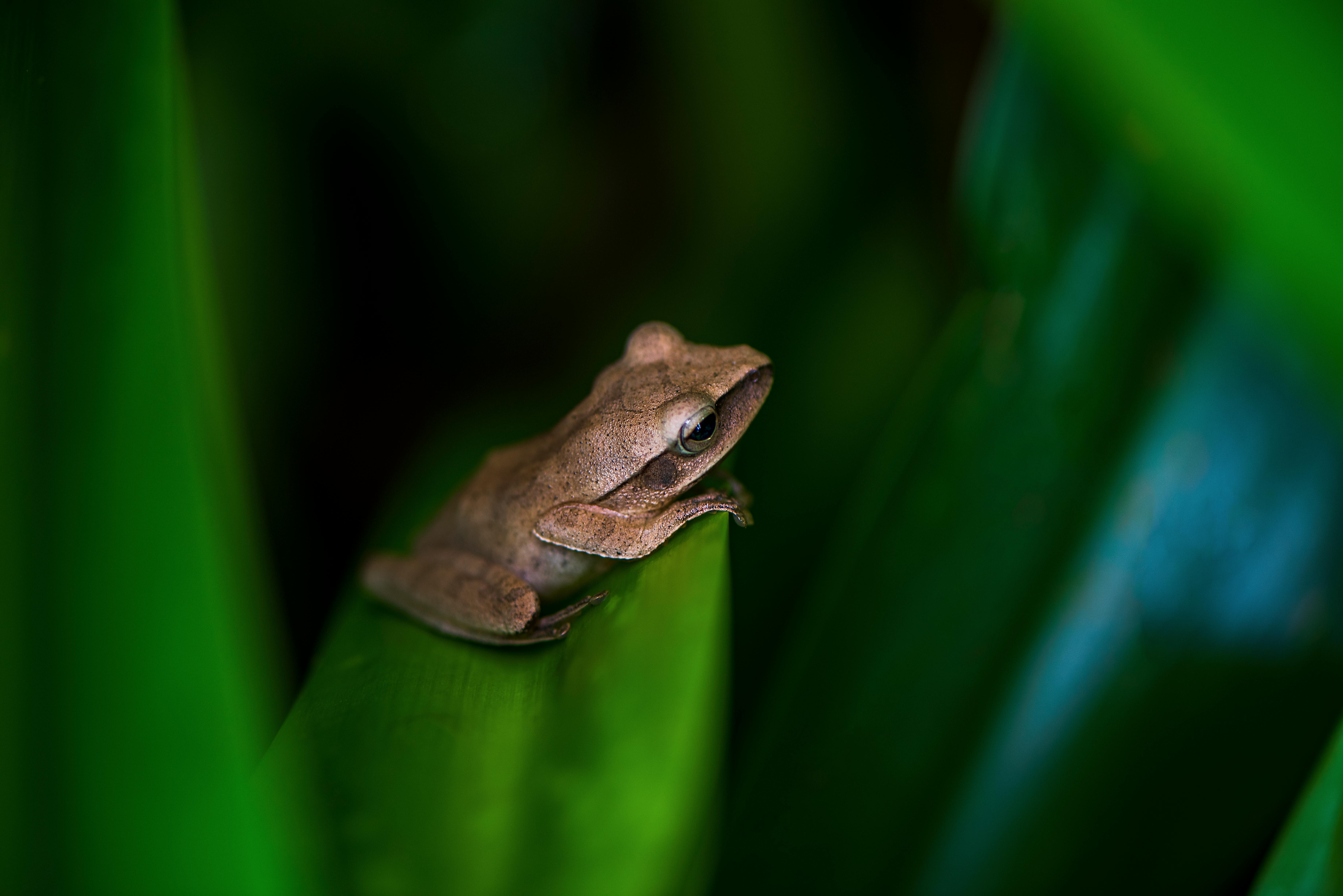Unveiling the World of Amphibian Pets: A Comprehensive Guide to Keeping Frogs and Salamanders
Amphibians, a fascinating group of animals that include frogs and salamanders, have recently gained popularity as pets. From the eye-catching colors of poison dart frogs to the unique aquatic lifestyle of axolotls, amphibians offer a world of curiosity and intrigue. This article will delve into the captivating realm of amphibian pet care, shedding light on everything from their historical relationship with humans to the current market trends in amphibian pet products.

A Historical Overview of Amphibians as Pets
Historically, amphibians have held a significant place in human culture. In ancient Egypt, the frog goddess Heqet was a symbol of life and fertility. In medieval Europe, salamanders were believed to possess magical abilities. Despite these cultural associations, it wasn’t until the mid-20th century that amphibians began to emerge as popular pets, with the African clawed frog leading the trend due to its easy care and fascinating behavior.
The Rise of Amphibian Pet Popularity
Recently, there’s been a surge in the popularity of amphibian pets. This increase can be attributed to the growing interest in exotic pets and the desire for unique, low-maintenance companions. Poison dart frogs, for instance, are coveted for their vibrant colors, while the axolotl’s fringed gills and smiling face have charmed many pet owners. As more people become aware of the diverse world of amphibians, the demand for these creatures continues to rise.
Estimated Price Range and Market Impact
The market for amphibian pets is diverse and dynamic. Prices can vary widely, from $10 for a common leopard frog to over $100 for a captive-bred poison dart frog. The market for amphibian supplies, including tanks, filters, and specialty foods, has also expanded to cater to these unique pets. The ongoing growth of this niche market indicates a promising future for both amphibian pet owners and industry stakeholders.
The Science Behind Amphibian Care
Keeping an amphibian pet is not simply about housing and feeding. It requires an understanding of the animal’s biology, habitat requirements, and health concerns. For example, amphibians have porous skin that can easily absorb toxins, making water quality a crucial aspect of their care. Similarly, temperature and humidity must be carefully controlled to replicate their natural habitats. All these factors underline the importance of research and education in amphibian pet care.
Looking Forward: The Future of Amphibian Pets
The future of amphibian pet ownership looks bright but also poses challenges. As the popularity of these pets grows, so does the responsibility to ensure their welfare. Over-collection from the wild for the pet trade is a significant threat to some amphibian species. Therefore, potential pet owners are encouraged to opt for captive-bred animals and support conservation efforts. With the right balance of interest, knowledge, and responsibility, the world of amphibian pets will continue to thrive.
In conclusion, the realm of amphibian pet care is rich and diverse, offering a unique experience for those seeking a different kind of pet. From understanding their historical significance to staying updated on the market trends, owning an amphibian pet is a journey that is as educational as it is rewarding. With the right care and commitment, these fascinating creatures can make wonderful and intriguing pets.




